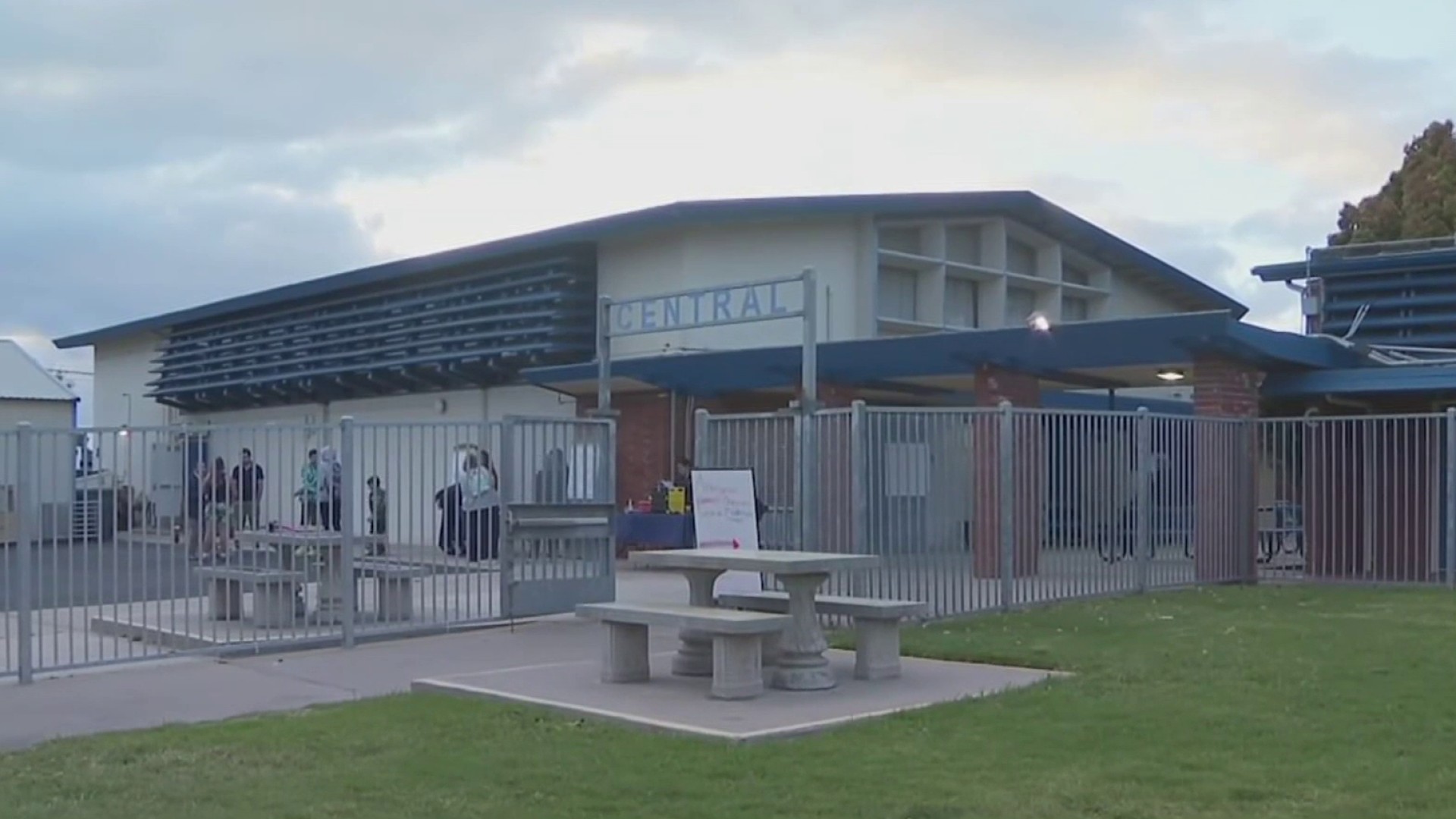SDG&E should meet San Diego’s heavy energy needs-- and then some-- over the next couple of hot, arid months, officials told the local government leaders Friday.
The utility expects to have excess energy reserves for the first time in at least 14 years, SDGE’s Senior Vice President of Power Supply Jim Avery announced at a San Diego Association of Governments (SANDAG) meeting.
Avery credits the Sunrise Powerlink – a transmission line that carries renewable energy from the Imperial Valley to San Diego – for the capacity increase.
Barring bad weather conditions, “we anticipate that we should be able to get through the summer without any major issues,” Avery said.
SDG&E’s biggest challenge this summer is the shutdown of the San Onofre nuclear plant, which offered what Avery called “reactive support” to the transmission lines between San Diego and Los Angeles.
Without that resource, the utility will be adding other forms of distribution support to strengthen the grid over the next 10 years. That should help move energy around more easily, according to Avery.
Other threats would include a long stretch of hot days or a large-scale wildfire that could increase SDG&E’s power load.
Local
Avery said the main condition that triggers heavy demand on their energy grids are the infamous Santa Ana winds.
“”When we’re in a situation where the winds are coming over the mountain, temperatures in the coastal region climb into the 90s,” said Avery, “and when that occurs, our peak load continues to climb.”
After three days of people cranking up their air-conditioners, the loads reach their highest levels, and the utility has to ask customers to cut back.
But SDG&E has not had a problem with conservation requests in the past. Avery told SANDAG that San Diegans often respond to the call for help and are eager to keep the power grid alive.
As for the threat of fires, Avery told NBC 7 his agency has built 149 weather stations across the county in hopes that they will be able to spot and respond to flames quickly, before they knock out transmission lines or other energy infrastructure.



